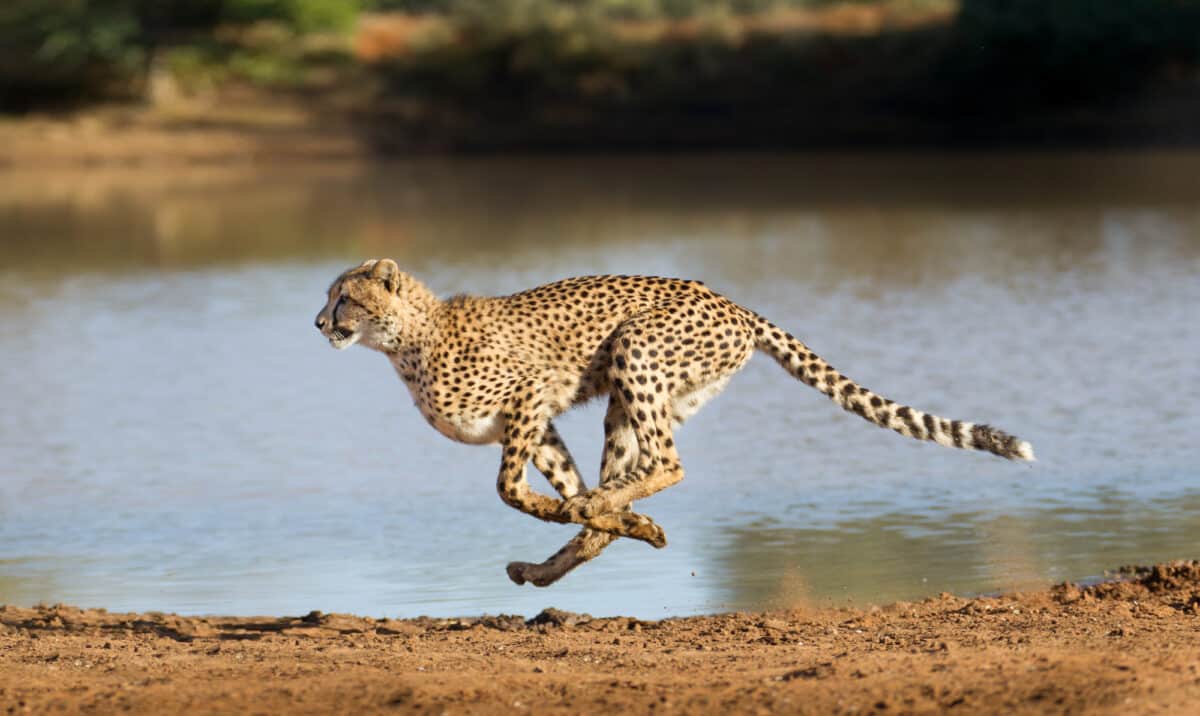The Usain Bolt of the animal world, cheetahs are the fastest animal in the world. But, how quick are they?
Although they have the stature of a distance runner, these felines are known to reach up to 120 kilometers per hour – the equivalent to most speed limits, making them one of the deadliest predators across the animal kingdom.
Anatomy and Physiology
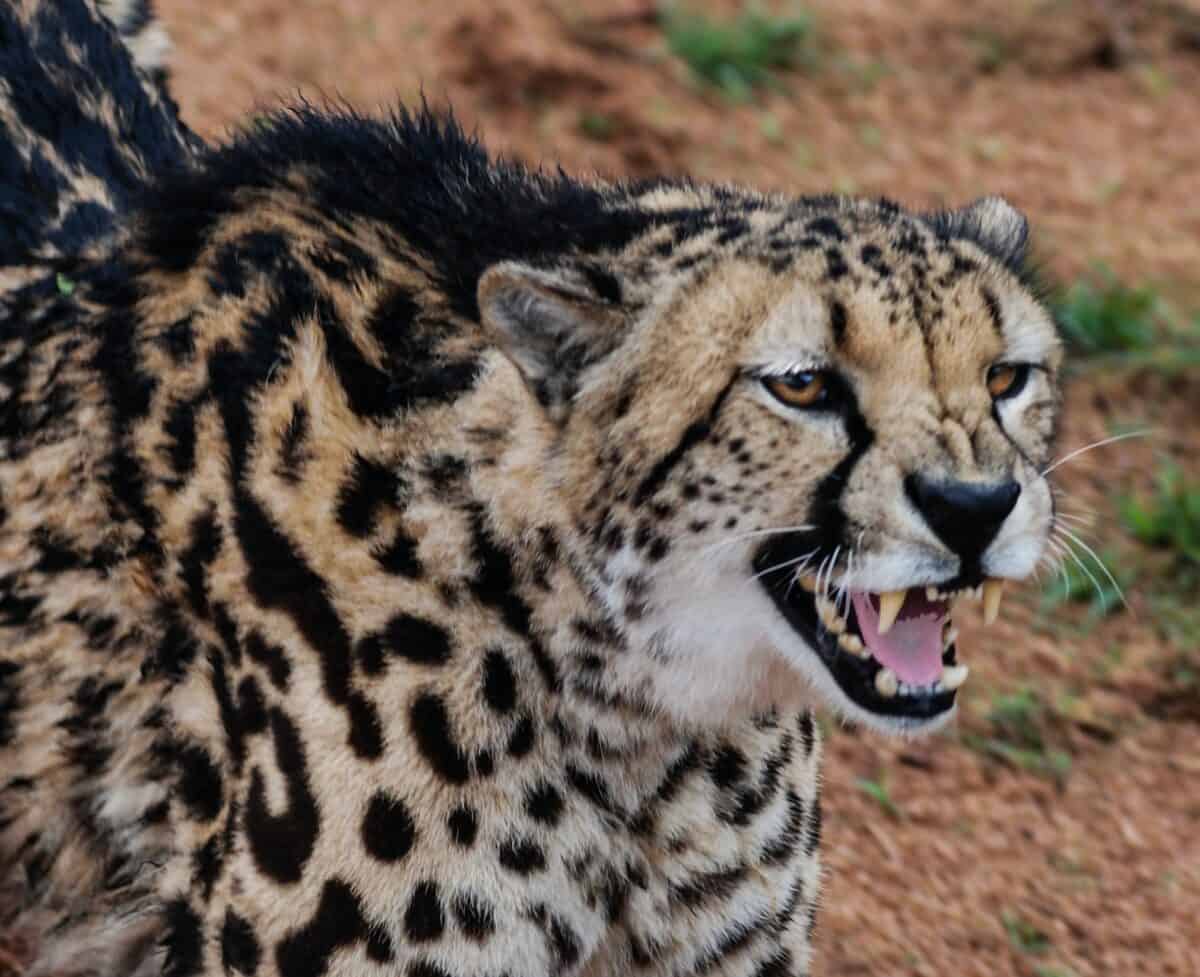
Looking at the anatomy of cheetahs, it’s easy to spot why they’re perfectly suited for speed.
The combination of their slender, aerodynamic bodies and long, flexible spines with powerful leg muscles, minimize air resistance, providing enough force needed for rapid acceleration.
Additionally, they’re able to consume large volumes of oxygen during high-speed chases thanks to their oversized nasal passages and lungs, allowing them to maintain their pace over long distances.
Regarding targeting prey, their large, wide-set eyes enable them to track fast-moving prey with pinpoint accuracy at high speeds.
Specialized Adaptations
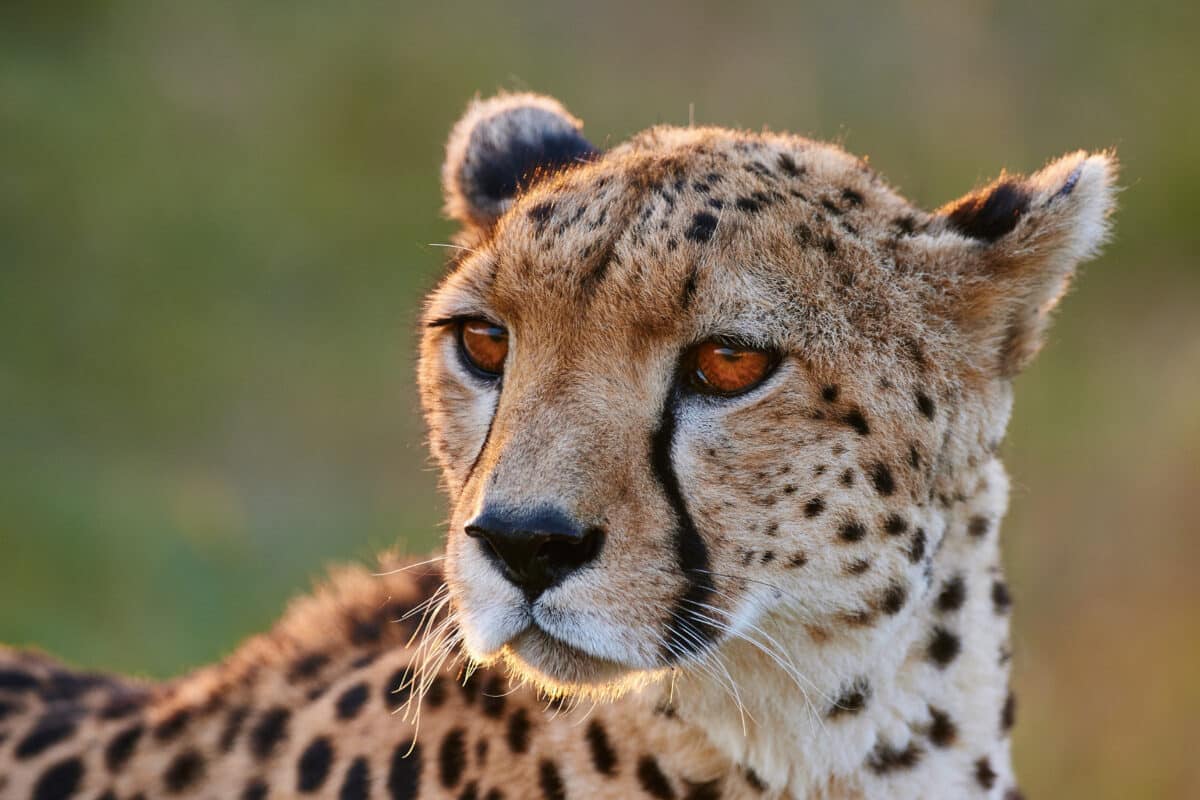
Unlike other big cats, including tigers, jaguars and leopard, cheetahs are born with unique musculoskeletal structure, such as non-retractable claws and specialized footpads, which act like cleats, providing traction and grip as they sprint across the ground.
Not only does this allow them to generate substantial traction reminiscent of 4×4 wheels, but it provides them with miraculous push-off force to reach top speeds. Moreover, their elongated limbs and flexible spine work together to maximize stride length and minimize ground contact time, enabling them to cover more distance with each stride.
Hunting Strategies
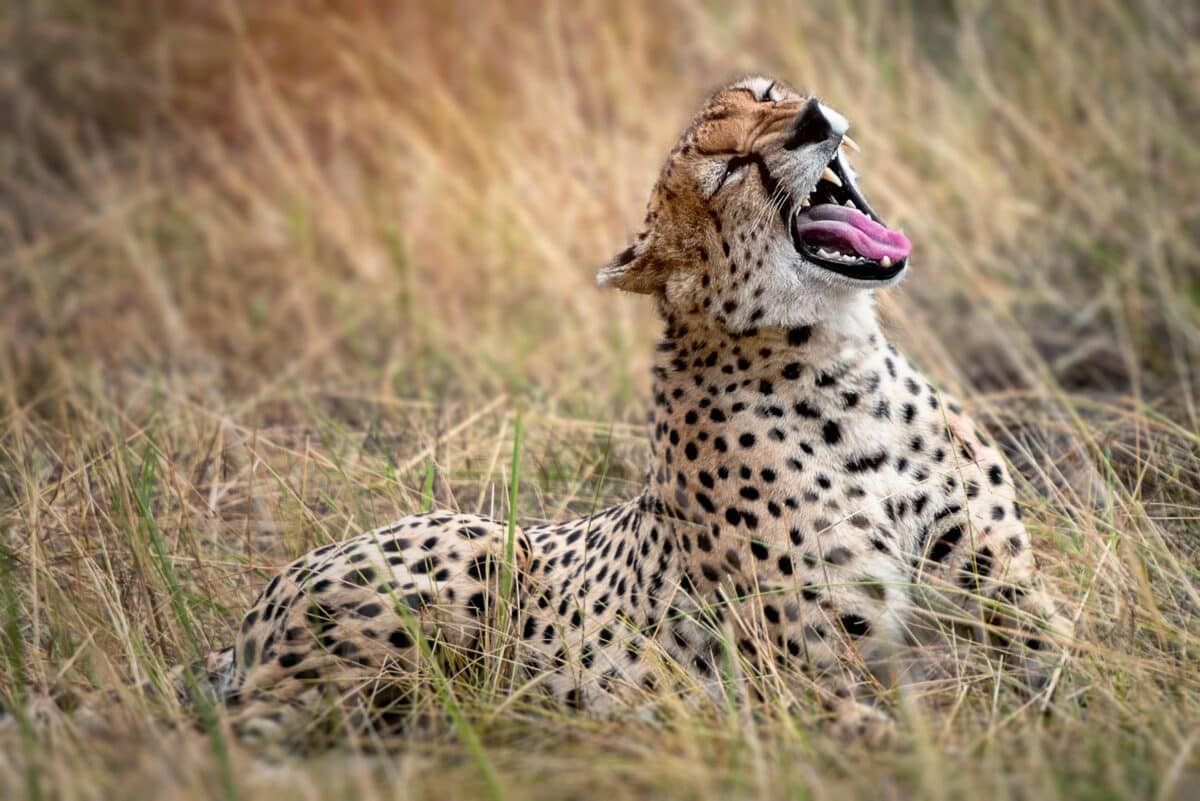
Their speed and vision make them specialized hunters, able to strike small to medium-sized prey like gazelles and impalas with relative ease.
Their incredible speed allows them to get close to their prey quickly, closing the gap within seconds, after which, their razor-sharp teeth do the rest.
Compared to other felines that rely on stealth and ambush tactics, cheetahs rely on their speed and agility to run down their prey in open grasslands and savannahs – perfect for those types of terrains. Once within striking distance, their powerful jaws deliver a fatal bite to the throat or neck, swiftly dispatching their prey.
Conservation Challenges
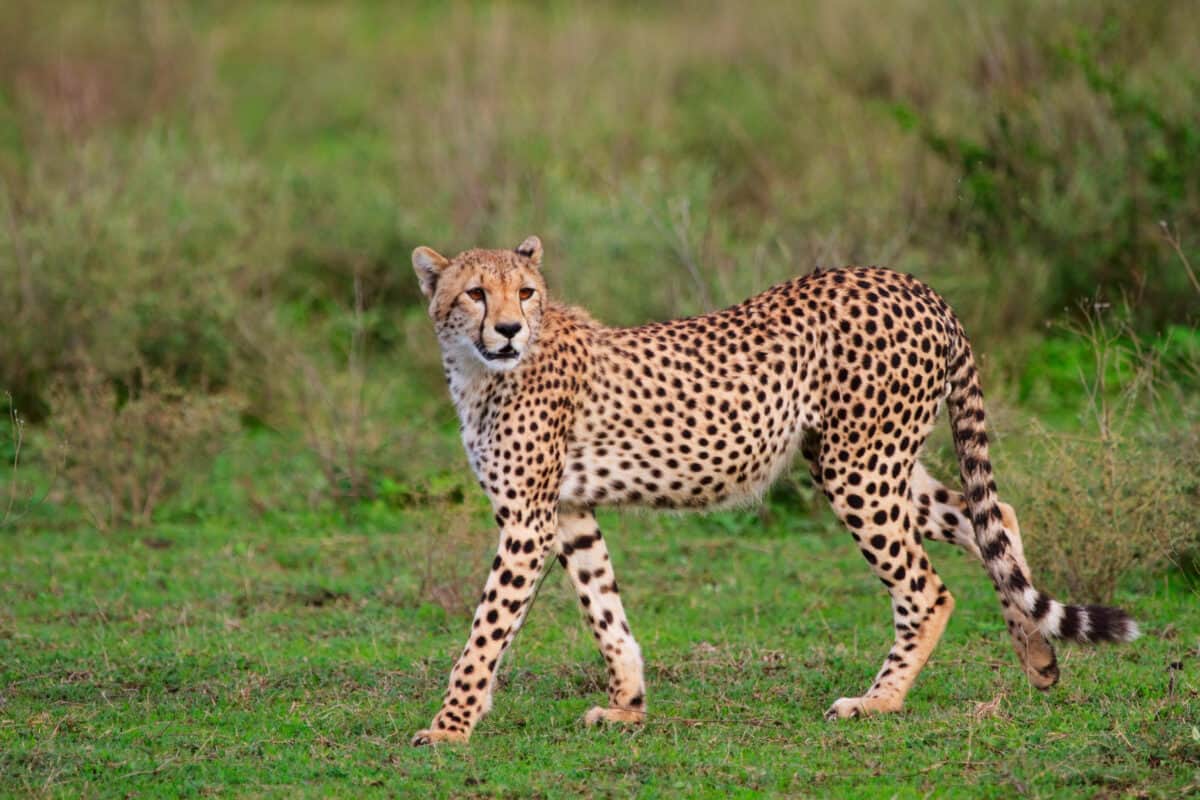
Unfortunately, like most animals, the population of cheetahs face isn’t where it should be. Habitat loss, human-wildlife conflict, and poaching for their skins and body parts have all contributed to declining cheetah populations across Africa and parts of Iran.
And within the animal kingdom, as ecosystems shrink, competition amongst other predators such as lions and hyenas has become greater, further exacerbating the challenges they face. Conservation efforts focused on protecting cheetah habitats, mitigating human-wildlife conflict, and combating illegal wildlife trade are crucial for ensuring the long-term survival of these iconic cats.
Want to read more? Try these:
- Watch: Mama Cheetah Introduces a Photographer to Her Cubs
- Watch: Cheetah Hops Into Safari Vehicle
- Watch: Cheetah Outwits a Larger Lion to Protect Her Cubs
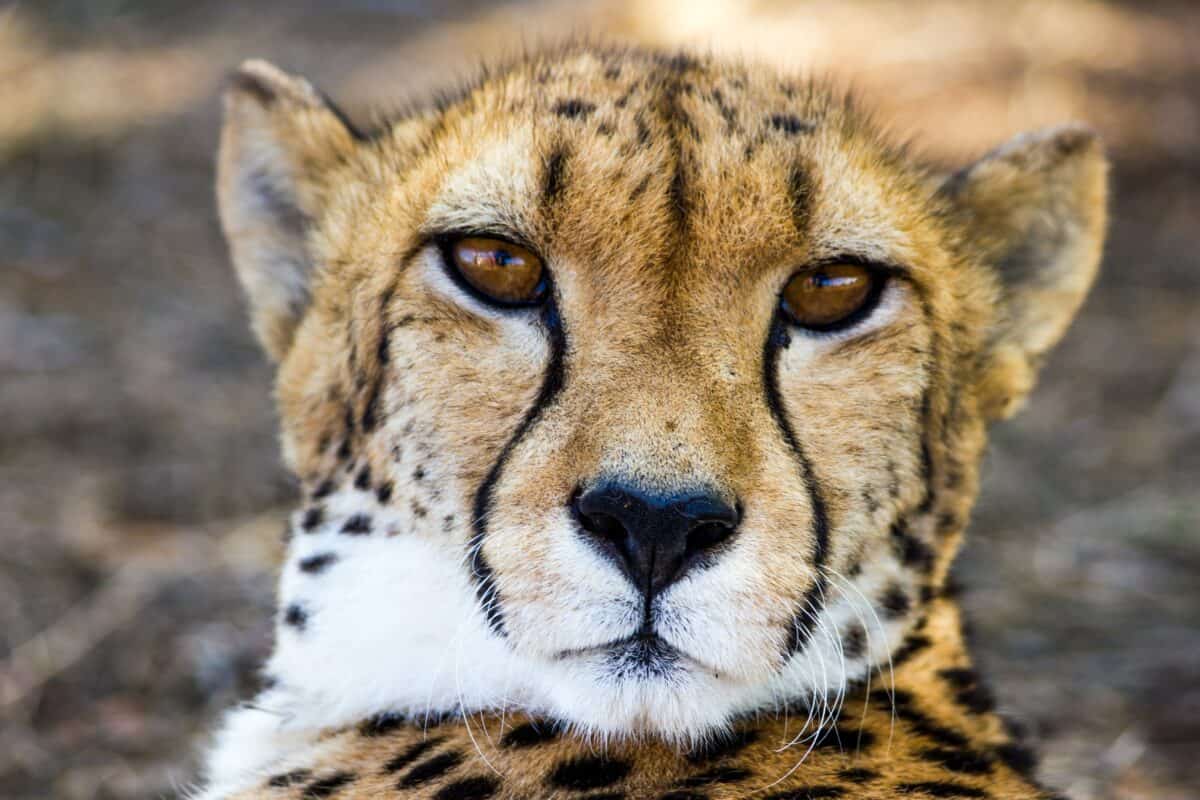
- Heart-warming Moment: Watch Pup Golden Retriever Bond with Four Playful Kittens - April 23, 2024
- Are Sumatran Tigers Extinct? Science Thinks No - April 22, 2024
- A Decade-Long Wait: Alabama Zoo Welcomes a Baby Giraffe - April 22, 2024

